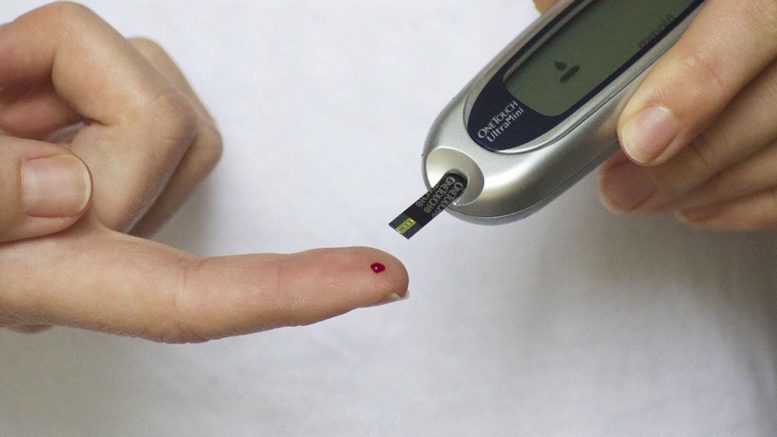So you have just been diagnosed with diabetes. A question that may be on your mind is “What now?” While your doctor will tell you how you can best care for your diabetes to stay healthy, you must realise that diabetes management rests entirely on your own shoulders. As a diabetic, you are going to have the most significant role in managing your health as you will be the one required to manage your diabetes on a daily basis.
To learn how to manage your condition, you need to get the right diabetes information. You should also know the ABCs of your diabetes so you can better manage your diabetes and lead a full and healthy life.
The ABCs of Diabetes
The ABCs of Diabetes is a handy acronym used to remember three integral things you need to look out for if you are a diabetic. These are managing your A1C, monitoring your Blood pressure, and keeping tabs on your Cholesterol. Looking after these three aspects helps reduce your risks of having a heart attack, stroke, or other problems associated with diabetes.
A is for A1C – the A-one-C test
A stands for the A1C. The A1C is a blood test that is used to measure sugar levels in your blood. It is different from spot checks or the blood sugar checks you do every day in that it measures the average sugar levels in your blood over the past three months. This is an important test to have done periodically as you need to keep an eye on your blood sugar levels over time. If your sugar levels consistently spike, it can damage your eyes, kidneys, heart, blood vessels, and feet. For people with diabetes, your A1C reading should be under 7. However, this may vary, so it is best to consult your doctor and find out what your goal should be.
B is for Blood pressure
Blood pressure is a measurement of the force with which your blood pounds against the walls of your veins and arteries. Since diabetes escalates the chances of getting high blood pressure, it is important to keep track of it. High blood pressure is responsible for increasing stress on your heart to maintain blood flow. If your blood pressure is too high, your heart will be working much too hard, increasing the chances of heart attack, stroke, and kidney damage. For people with diabetes, your Blood pressure reading should be below 140/90. However, this may vary, so it is best to consult your doctor and find out what your goal should be.
C is for Cholesterol
Your blood can have two types of cholesterol in it, namely LDL and HDL. LDL is “bad” cholesterol which can potentially narrow and block blood vessels by accumulating on the inner lining of your blood vessels. The build-up of LDL can clog the blood vessels, disrupting the flow of blood to and from the heart causing a heart attack or stroke. HDL on the other hand, is “good” cholesterol which is responsible for removing LDL or “bad” cholesterol from your blood vessels. You should get LDL and HDL tested for periodically. For people with diabetes, your goal HDL/LDL readings depend on a number of factors that vary from case to case, so it is best to consult your doctor and find out what your goal should be.
People often shrug off the gravity of diabetes and don’t take it as seriously as they should. That is not a smart way to deal with it at all. Diabetes is a serious problem, but with the right care, you can manage it. As a diabetic, you will constantly need to eat healthy, maintain a healthy weight, get daily physical exercise, and take your medication regularly. Speak to your doctor for more guidance on how to best manage your diabetes.
